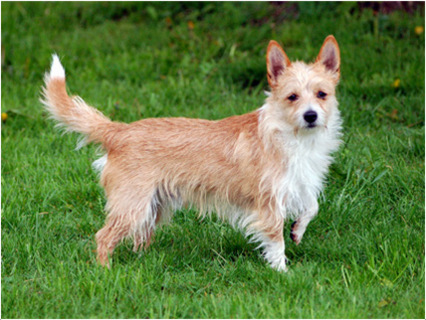

This disease isn’t reserved for old dogs either, and some young dogs can begin to show signs of this disease before they reach their first birthday. This parting of the bones is known as subluxation, and it is this subluxation that can cause your pet pain and discomfort and lead to osteoarthritis. Hip dysplasia with your Corgi is about an abnormal joint structure where the bones lose contact with each other. However even this sturdy dog may well be susceptible to some of the more common dog illnesses, such as hip dysplasia and degenerative myelopathy.Īlso you have to be careful with your Corgi and make sure that he doesn’t gain weight as this weight gain can bring with it a host of health complications. This explains why it doesn’t have such a ‘companionable’ temperament as some other dog breeds.Ī corgi, when he is well looked after, can live to be anything from 12 to 15 years of age. It is said that the Portuguese Podengo isn't bred to be a companion dog, being bred exclusively as a working hunting dog. He is somewhat aloof around strangers and this is actually what makes him a good watchdog. He is intelligent, he is easily trained and socialized and gets on well with children in the house if they have been disciplined to respect and be kind to animals. Being alert, he also makes a good watchdog. This Portuguese sighthound is energetic, comical sometimes, sweet and loving. The coat is found in shades of fawn or yellow and with some white markings.

The coat is essentially short and smooth though you also get the longer, wiry coat. The body of the dog is lean and well muscled and the head wedge shaped. The eyes are brown, the ears are erect and the tail long and thick, held low and with a bit of a curve when at rest. The dog is similar in looks to other hunting dogs native to the Mediterranean, such as the Pharoah Hound.

He stands roughly at between 20 to 30 cm and weighs between 4.1 to 5.9 kg. The Portuguese Podengo is available in three sizes.


 0 kommentar(er)
0 kommentar(er)
